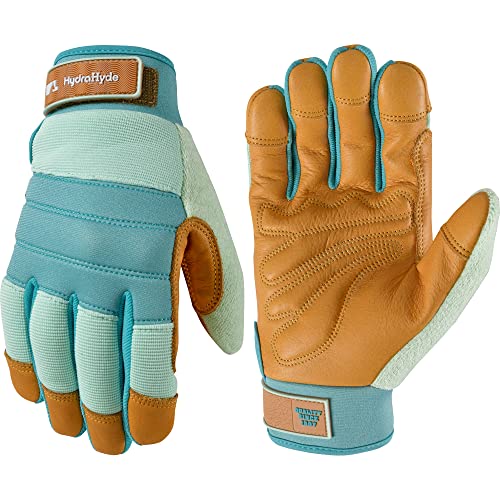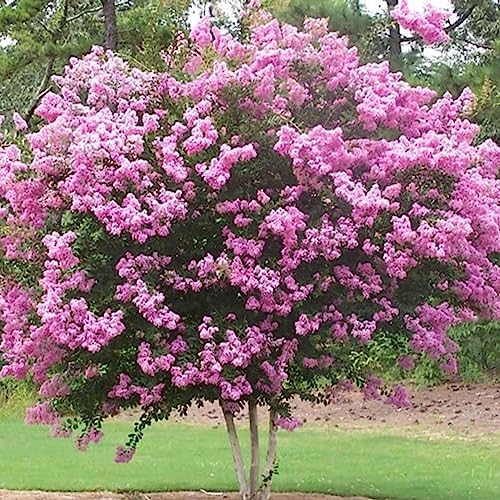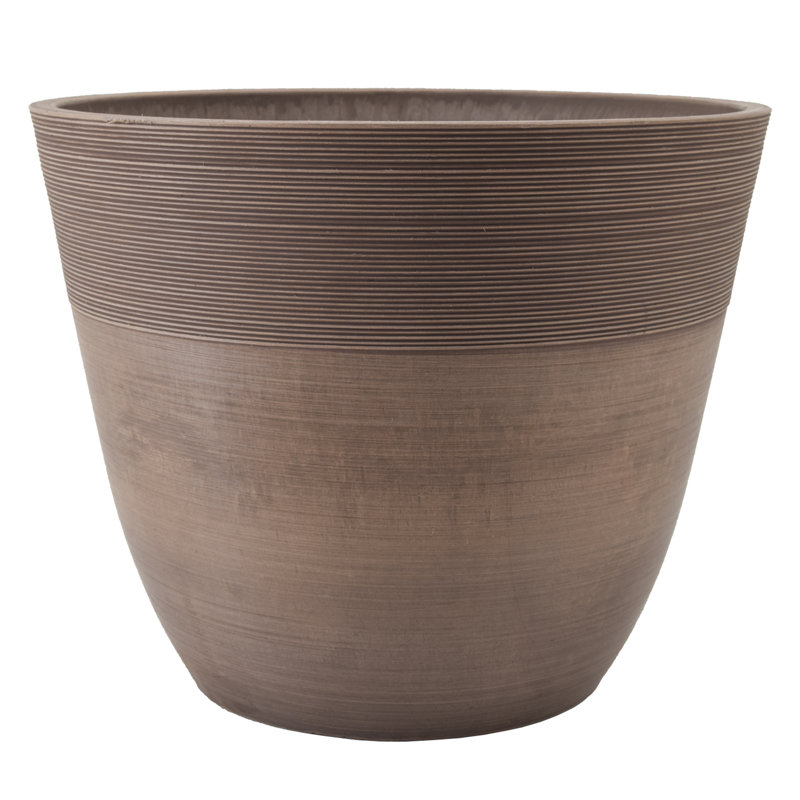How to grow crepe myrtle in pots – and transform even the smallest of yards with dazzling flowers this summer
Growing crepe myrtles in pots will inject splashes of brilliant color into your outside space

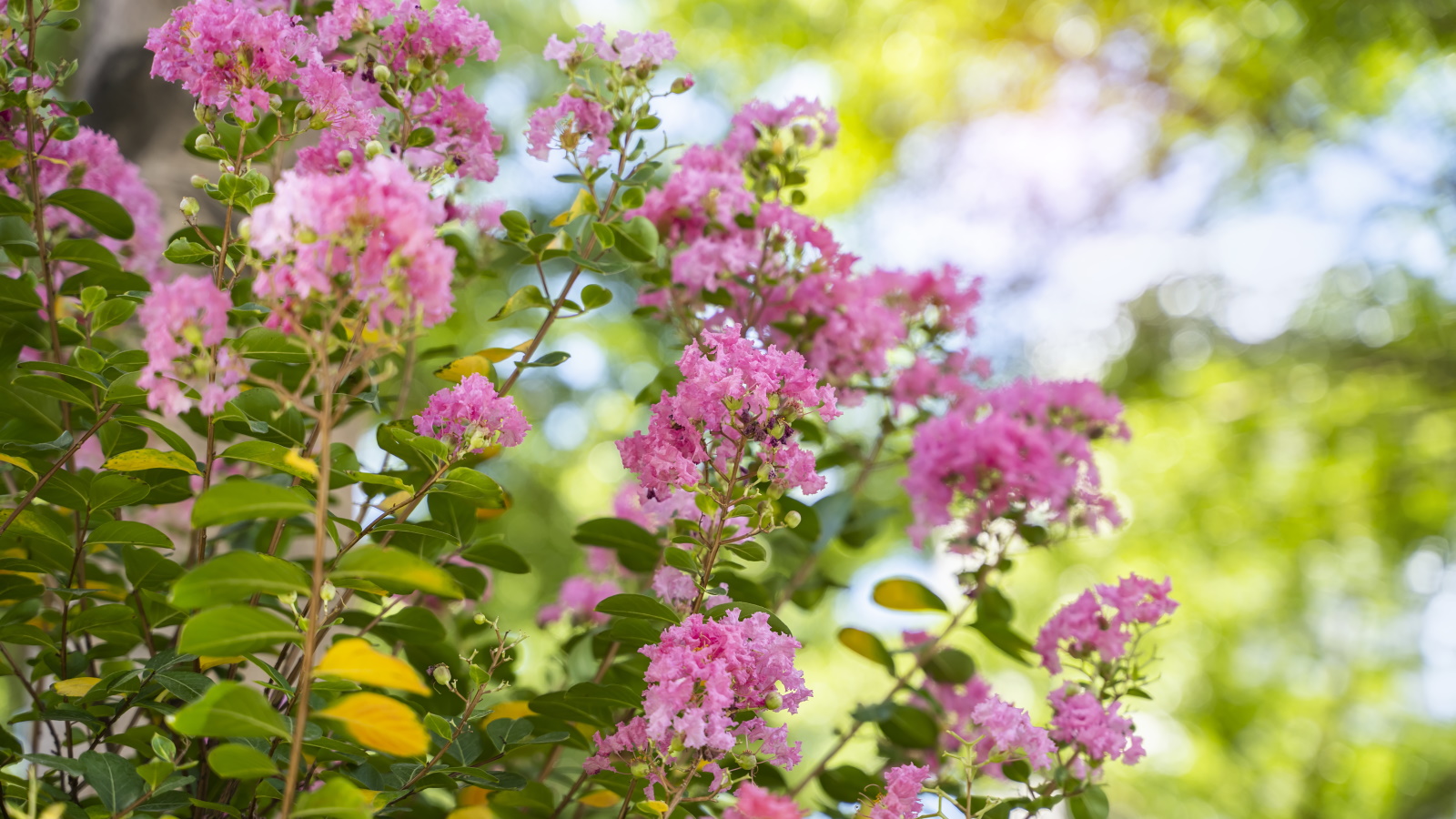
Crepe myrtles are a familiar sight across much of the southern US, easily identified by their vibrant flowers that emerge during late spring and summer. While larger specimens that grow in backyards and public parks can reach upwards of 30 feet, what you might not know is that crepe myrtles can actually be grown in containers, making them a great option for gardeners with compact outside spaces.
You would be forgiven for thinking that these flowering plants are native to the US due to their prevalence across the Gulf Coast states, including in Texas, Louisiana, Alabama and Florida. Yet the Lagerstroemia species is native to Asia, first introduced to North America in the 19th century, and remaining popular ever since.
So, if you are looking for a small tree or shrub to elevate your backyard - whatever its size - consider learning how to grow crepe myrtle in pots with our simple guide, with information on soil, light and feeding, to guarantee masses of firework-like flowers that last many months.
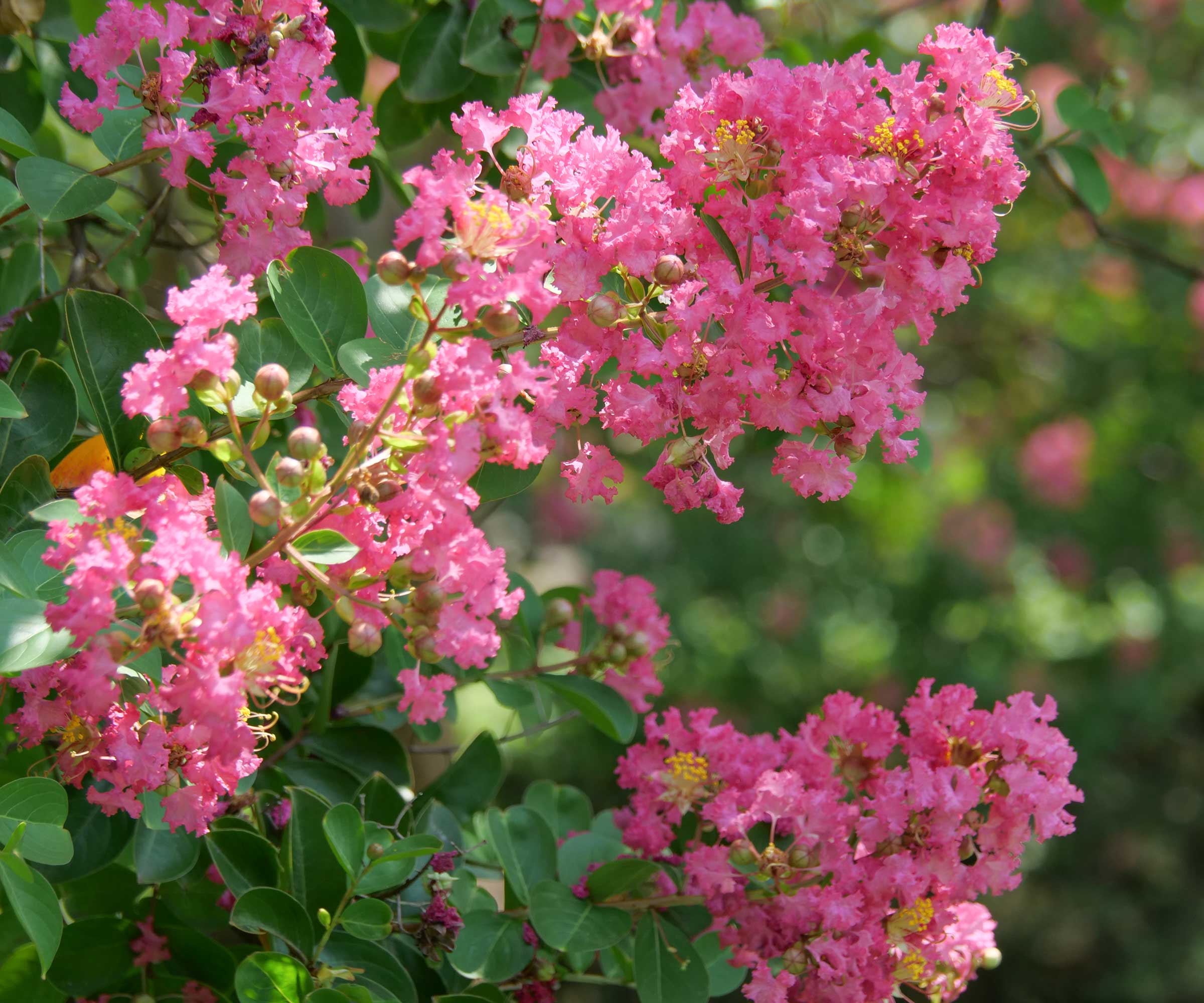
How to grow crepe myrtle in pots
For a joyful and colorful plant, you won't find much better than crepe myrtles. Considered some of the best statement trees, these easy-to-grow plants will adapt well to container culture and are sure to elevate your displays this year.
Growing advice for crepe myrtle in pots
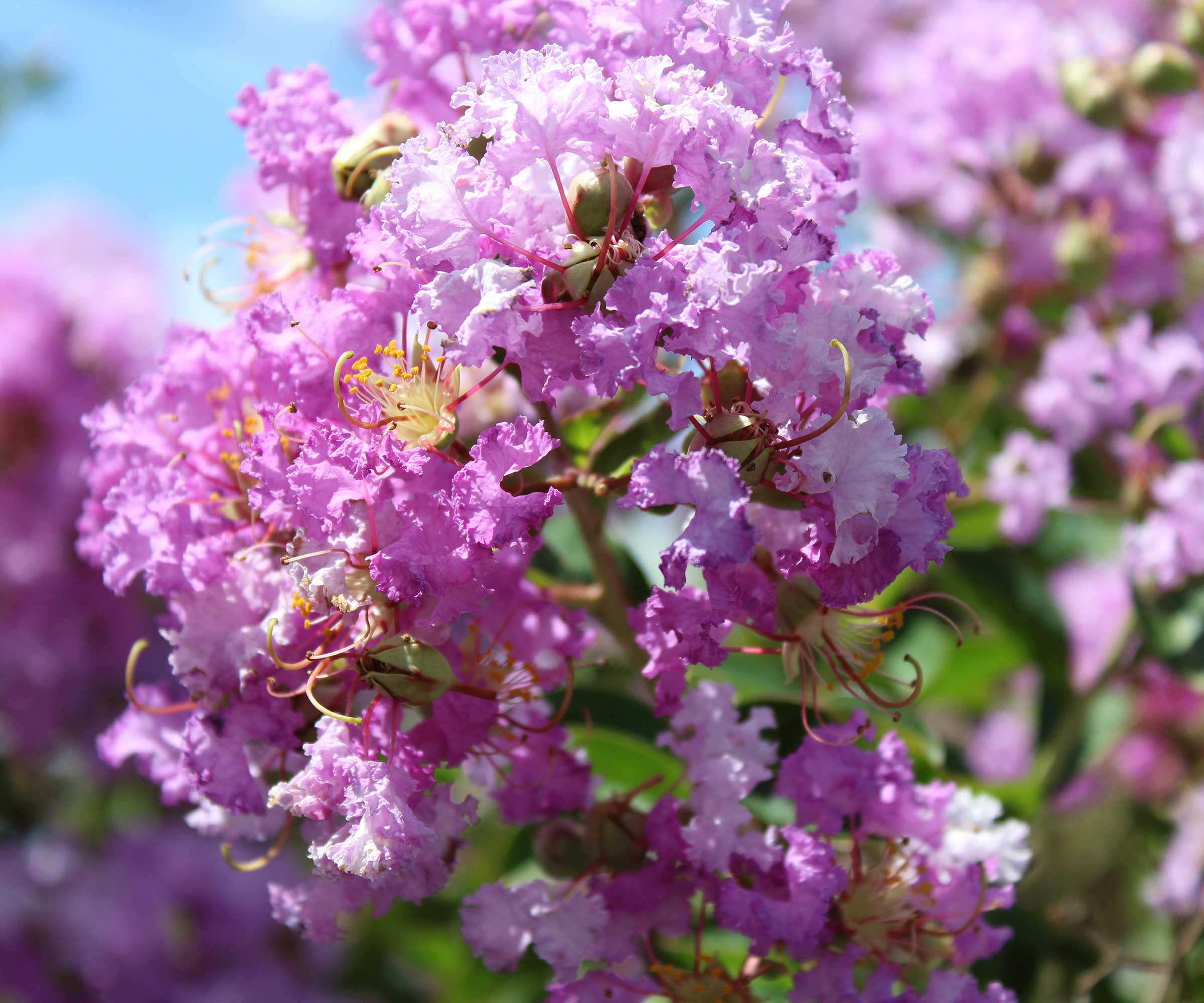
'Crepe myrtles are great options for bright and sunny yards,' says Whitney Laritson, Merchandising & Content Manager at Nature Hills. 'Just remember that these flowering shrubs for full sun thrive with six or more hours of direct light, so avoid shady spots.
'Growing best from US hardiness zone 6 plus, crepe myrtles can be planted in borders or pots. They can be trained to have either a shrub form or tree form,' Whitney continues, 'just adapt your pruning - either lifting them to have a canopy or allowing for a bushy appearance.'
To give your plant plenty of room to grow, opt to use a pot at least six inches or so wider than the plastic nursery pot that it arrived in. Crepe myrtles thrive with fertile but well-draining soil, so fill your container with a good base layer of grit or gravel, followed by high-quality potting mix, such as this organic potting soil from Whitney Farms, available at Walmart.
Design expertise in your inbox – from inspiring decorating ideas and beautiful celebrity homes to practical gardening advice and shopping round-ups.
There are many forms and colors available, such as this 'purple magic' crepe myrtle shrub, available at Nature Hills.

Whitney Laritson is a garden expert and the Merchandising & Content Manager at Nature Hills. For the last 20 years, Nature Hills has been passionate about providing high-quality plants you can count on.
Ongoing care for crepe myrtles grown in pots
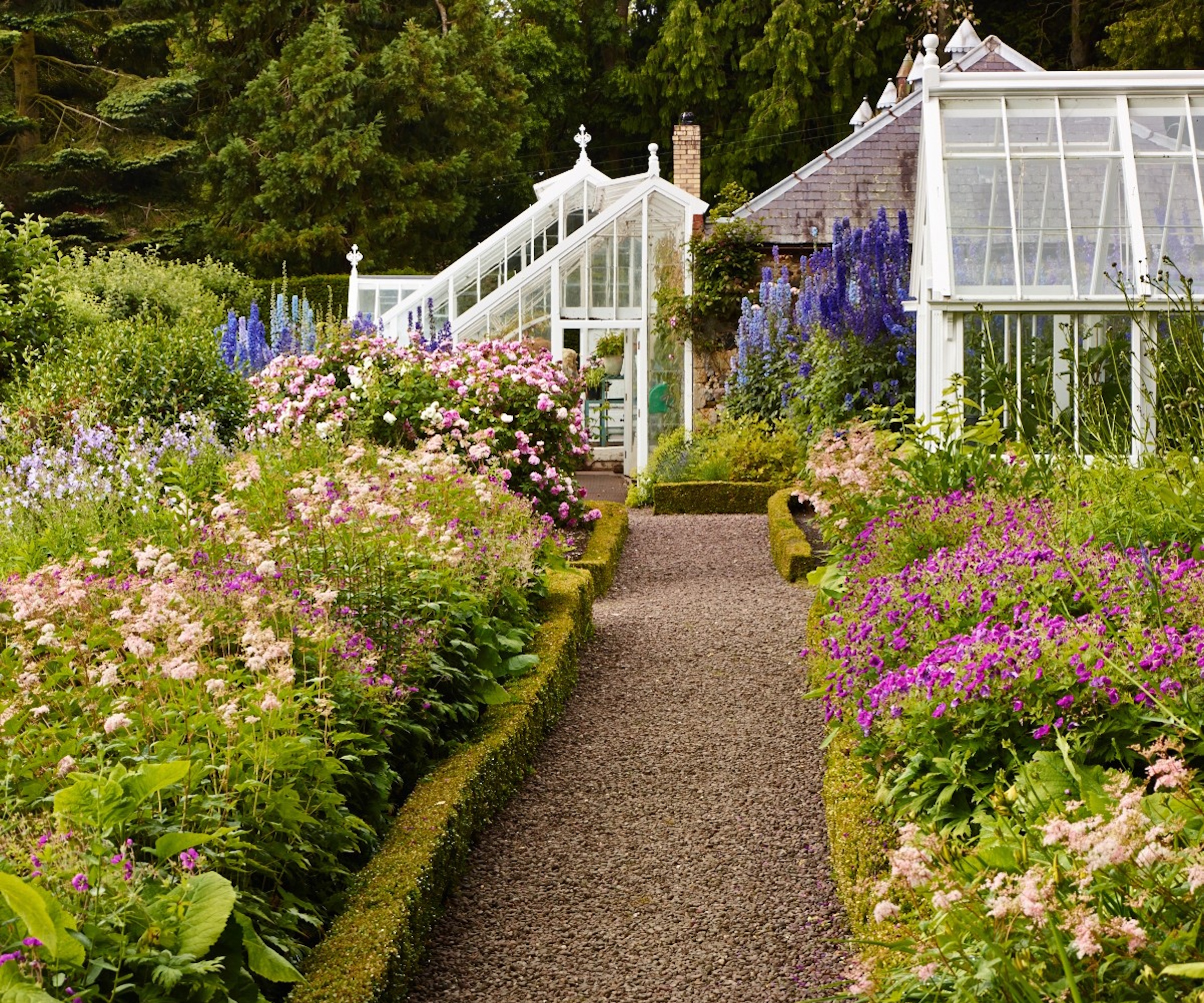
If you reside in a southern region, including US hardiness zone 9, you should water your pots at least twice a week or more, depending on the heat. Deep watering is optimal, soaking your pots with a full can of water, as opposed to small amounts.
In June, July and August, pots can dry out in a matter of hours if the temperatures are high, so regularly check your plants, feeling the soil and inspecting the foliage for signs of wilt. If they feel or look dry, give them a soaking, but avoid doing so during the heat of the day, aiming instead for early morning or late evening.
'Crepe myrtle shrubs are generally self-reliant when it comes to feeding,' says Gail Pabst, gardening expert and Marketing Director for the National Garden Bureau.
'Border-grown specimens can usually access what they need from the soil without much need for supplemental fertilizer, although a different approach is needed when they are in pots.
'Typically, when considering the right approach for fertilizing crepe myrtles, I would advise that only light fertilization is required,' Gail adds. 'Over-feeding can damage your shrub and will cause the plant to produce more leaves and fewer flowers.
'It is best to apply a balanced fertilizer, like a 10-10-10 feed, in early spring, using either a slow-release granular or liquid feed.'
This organic all-purpose fertilizer from Burpee, available to order on Amazon, is effective and should give crepe myrtle plants a boost in spring.

Gail is a passionate horticulturist with over 25 years' experience in the industry. She is an avid home gardener too and loves to try out the newest varieties and techniques. Gail is the Marketing Director for the National Garden Bureau and her work has helped her to continue their mission of inspiring, teaching and growing in gardening with others.
Crepe myrtle varieties to grow in pots
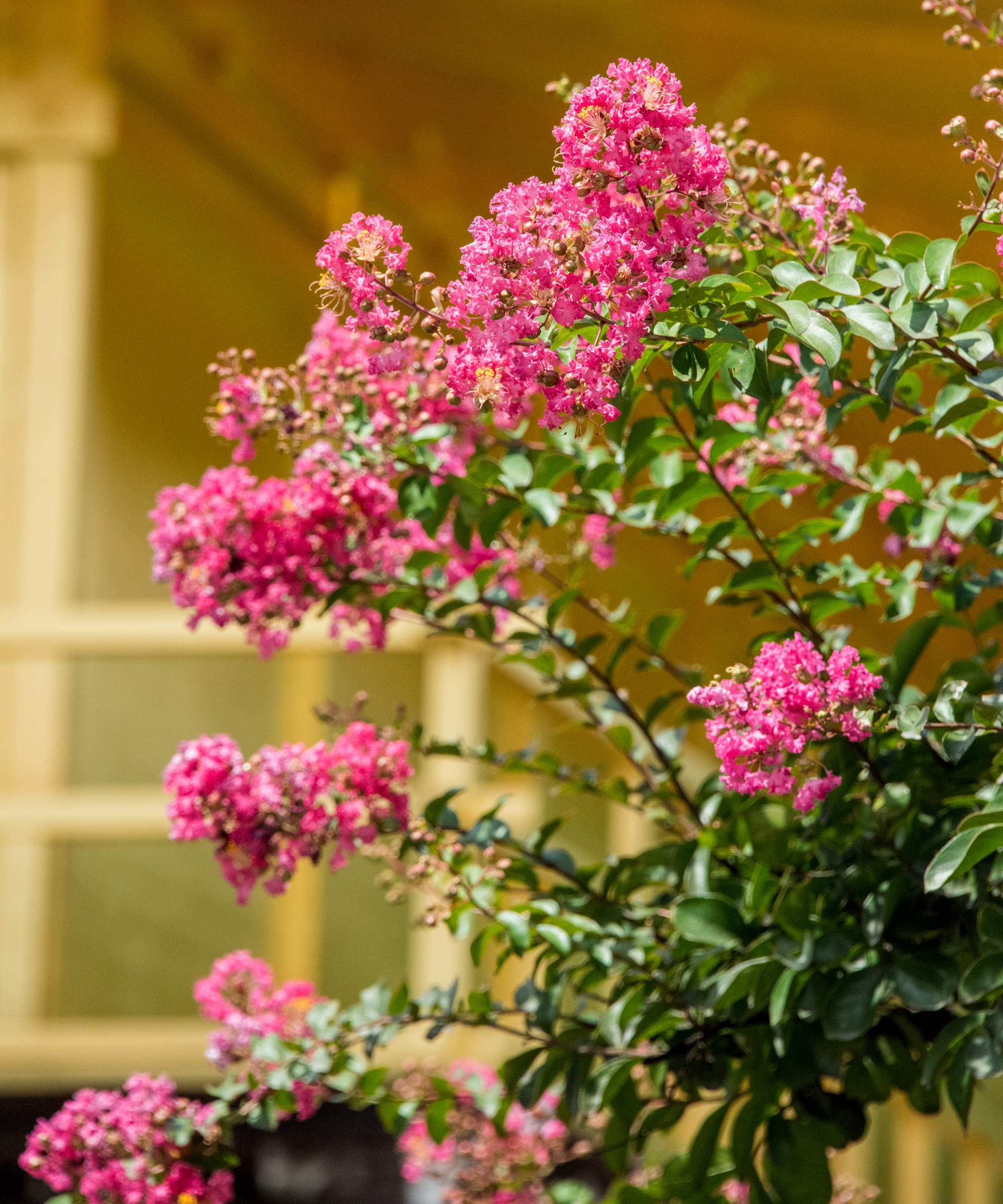
Native to the Indian subcontinent, southeast Asia and parts of Oceania, there are approximately 50 species of crepe myrtles, or Lagerstroemia, cultivated in warm regions across much of the Northern Hemisphere.
With so many species and even more hybrids, you are sure to find a variety to suit your tastes and needs. For pot growing, however, it is a good idea to grow a smaller crepe myrtle that will take well to container culture.
For example, the 'Berry Dazzle' variety is a dwarf option, growing no more than three or four feet in height. If you enjoy crimson-pink blooms, then this is the plant for you. 'Berry Dazzle' live plants are available to order via Amazon.
In addition, Lagerstroemia Indica 'Watermelon' is another good option, reaching no taller than three feet in height.
Finally, any of the 'Tonto' series would also be sensible for container displays, bred to be semi-dwarf trees and usually growing no more than ten feet. Try this pink 'Tonto' crepe myrtle, with live plants available from Amazon.
FAQs
Why is my potted crepe myrtle not flowering?
Many gardeners panic if their crepe myrtle is not blooming, but a quick fix can often help to solve the problem. Crepe myrtles need plenty of sunshine, particularly in cooler northern regions, so if your plant is not getting at least four or more hours of sunlight, this can result in poor flowering. In addition, if there is too much nitrogen in the soil, this can encourage leaf growth at the expense of flowers. A simple bloom booster feed that is high in potash can help to encourage flower production.
Crepe myrtles are prized for their vigorous blooming, even without deadheading. However, during the summer, as flowers begin to fade and fall, removing brown petals can help to improve the appearance of your plant and encourage additional blooms later in the season. Spend a few minutes every evening snipping any spent flowers to keep your plants looking their best.
For more container gardening inspiration, see our guide on how to grow mandevilla in pots and fill your patio or terrace with even more colorful flowers this year.
Shop crepe myrtle accessories

Thomas is a Content Editor within the Gardens Team at Homes and Gardens. He has worked as a professional gardener for both public spaces and private estates, specializing in productive gardening, growing food and flowers. Trained in Horticulture at the Garden Museum, he has written on gardening and garden history for various publications, including The English Garden, Gardens Illustrated, Hortus, The London Gardener and Bloom. He has co-authored a Lonely Planet travel book, The Tree Atlas, due out in 2024.
